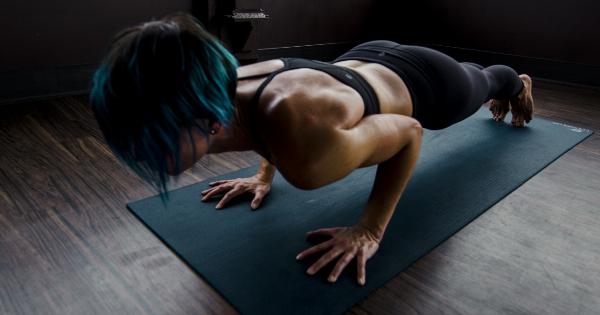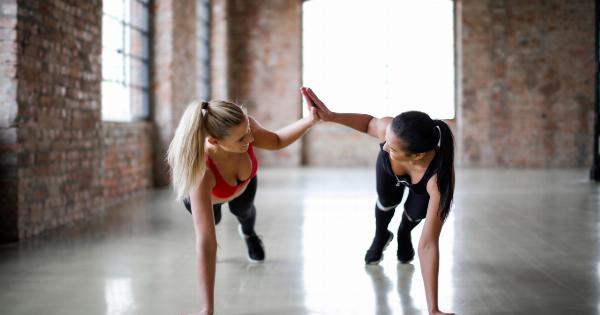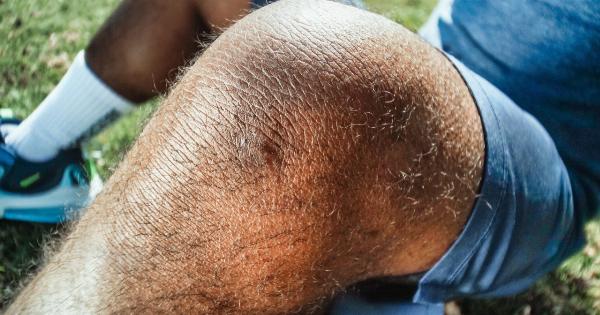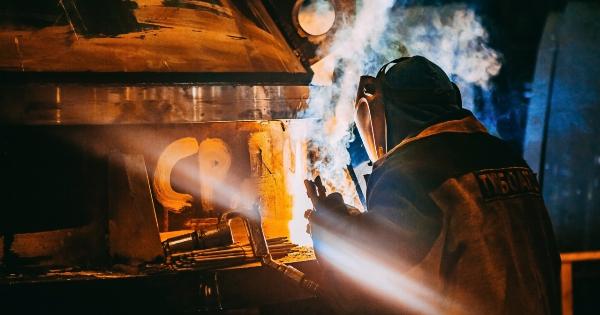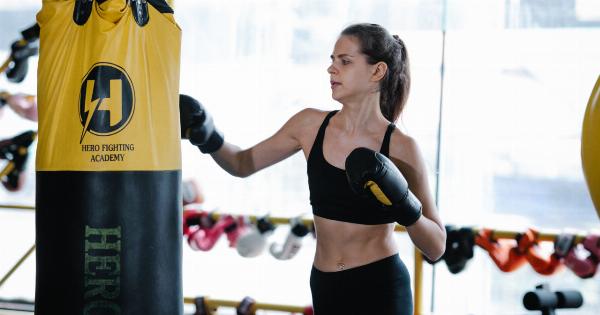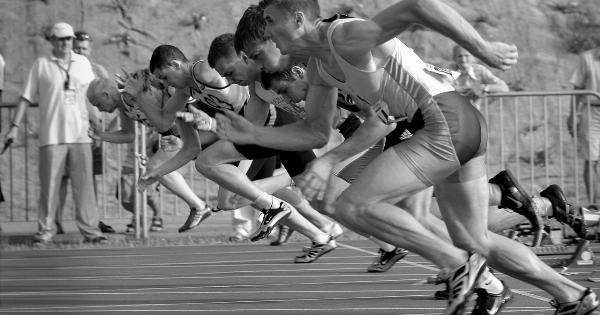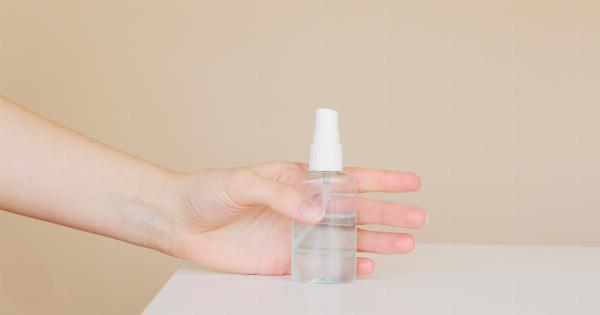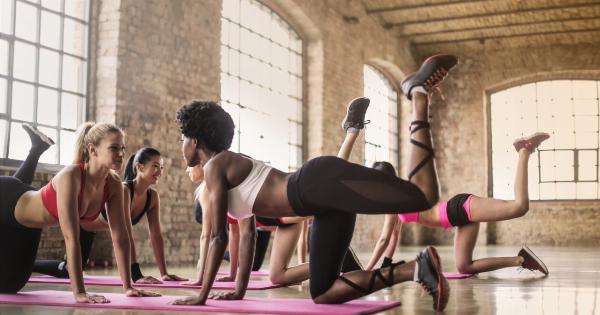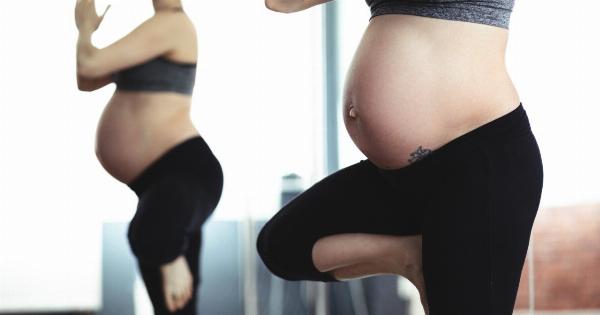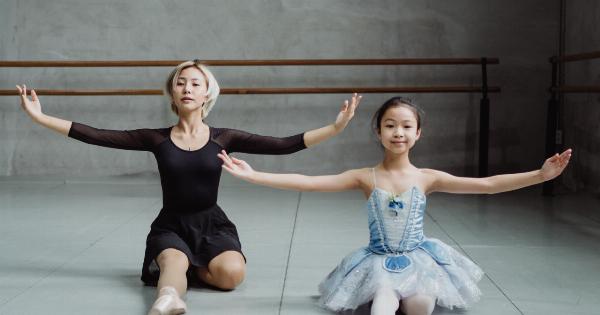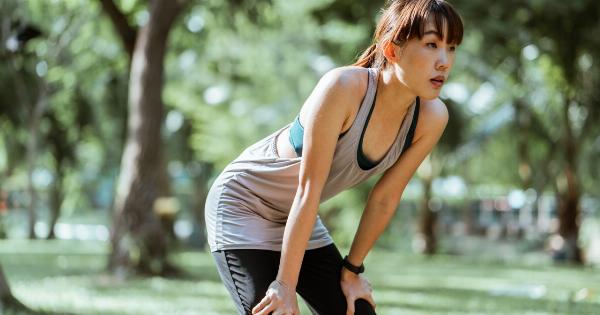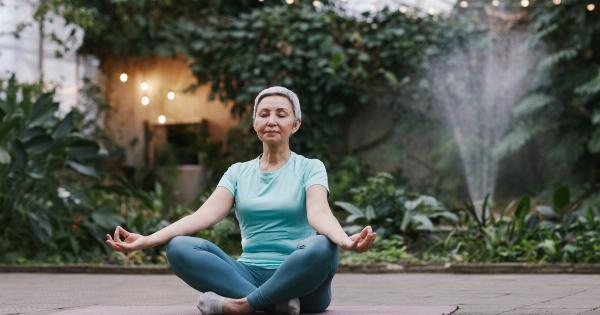Gymnastics is a demanding sport that requires strength, flexibility, and coordination. With its high-intensity movements and complex routines, it is no wonder that gymnasts are prone to muscle aches and injuries.
However, these muscle aches can be greatly reduced or even eliminated through a proper warm-up routine before each training session or competition. In this article, we will explore why warm-ups are crucial in preventing muscle aches in gymnastics and how they benefit gymnasts.
1. Increased Blood Flow
One of the primary benefits of warm-ups is increased blood flow to the muscles. When you engage in a warm-up routine, whether it’s jogging, jumping jacks, or dynamic stretching, your heart rate increases and blood vessels dilate.
This increased blood flow delivers oxygen and essential nutrients to the muscles, preparing them for the upcoming workout or performance. Adequate blood flow also helps remove waste products and toxins from the muscles, reducing the likelihood of muscle aches or cramps.
2. Improved Muscle Elasticity
Warm-ups help improve muscle elasticity, which is crucial for gymnasts who perform intricate movements requiring a wide range of motion. When muscles and tendons are warm, they become more pliable and stretchy, reducing the risk of strains or tears.
Through dynamic stretches and mobility exercises during warm-ups, gymnasts can gradually increase the flexibility of their muscles, preparing them for the demanding movements they will perform during their routine while minimizing the risk of muscle aches and injuries.
3. Enhanced Joint Lubrication
Another significant benefit of warm-ups is enhanced joint lubrication. Synovial fluid, which is responsible for lubricating the joints, thickens when the body is at rest for an extended period.
By engaging in a warm-up routine, you stimulate the production and circulation of synovial fluid, making it easier for the joints to move smoothly and reducing the risk of joint-related muscle aches and stiffness. This is especially important for gymnasts who put a lot of stress on their joints during leaps, flips, and landings.
4. Mental Preparation
Warm-ups go beyond physical benefits; they also play a crucial role in mental preparation. Gymnastics requires focus, concentration, and mental readiness.
By incorporating a warm-up routine into their training regimen, gymnasts have the opportunity to mentally prepare for their workout or performance. The repetitive and rhythmic nature of warm-up exercises can help gymnasts get in the zone, clear their minds of distractions, and mentally visualize their routines.
This mental readiness not only improves performance but also reduces the likelihood of muscle aches caused by tension or mental stress.
5. Injury Prevention
Perhaps the most important reason why warm-ups are crucial in preventing muscle aches in gymnastics is injury prevention. The demanding nature of gymnastics puts a significant strain on the body, making it prone to sprains, strains, and muscle tears.
By gradually increasing the intensity and demands on the muscles and joints during warm-ups, gymnasts give their bodies the opportunity to adapt and prepare for the upcoming activities. This helps minimize the risk of sudden overexertion, muscle imbalances, or incorrect muscle activation, all of which can lead to muscle aches and injuries.
6. Improved Performance
Proper warm-ups not only help prevent muscle aches and injuries, but they also enhance performance. A well-designed warm-up routine prepares the body for the unique demands of gymnastics, allowing gymnasts to perform at their peak.
When muscles are warm and flexible, they have a greater range of motion, enabling gymnasts to execute their movements more effectively and with better technique. Additionally, the mental readiness achieved through warm-ups ensures that gymnasts can focus on their routines and perform with confidence, further improving their overall performance.
7. Different Warm-Up Components
A comprehensive warm-up routine consists of various components that target different areas of the body. These components work together to provide a holistic warm-up, ensuring that all muscles and joints are adequately prepared.
Some common warm-up components for gymnasts include:.
A. Cardiovascular Exercise
Engaging in cardiovascular exercise, such as jogging or cycling, helps elevate heart rate and increase blood flow to the muscles. This component is essential for warming up the entire body and preparing it for more intense physical activity.
B. Dynamic Stretching
Dynamic stretches involve controlled movements that mimic the actions performed during gymnastics routines.
This component helps improve flexibility and range of motion, preparing the muscles for the specific movements they will encounter during training or competition.
C. Mobility Exercises
Mobility exercises focus on the joints, aiming to improve their mobility and reduce the risk of injuries.
These exercises typically involve rotations, circles, and movements that target specific joint areas, such as the wrists, shoulders, hips, or ankles.
D. Skill-Specific Drills
Gymnastics requires mastering various skills, such as handstands, flips, or splits.
Including skill-specific drills in the warm-up routine helps reinforce proper technique, improve coordination, and prepare the body for the specific movements and skills it will perform during the training or competition.
8. Duration and Intensity of Warm-Ups
The duration and intensity of warm-ups in gymnastics can vary depending on the individual’s level of training, the specific activities planned, and personal preferences.
Generally, a warm-up routine should last between 10 to 20 minutes, allowing sufficient time for the body to warm up and prepare for the workout. The intensity should gradually increase throughout the warm-up, starting with low-intensity exercises and gradually progressing to higher intensity movements.
9. Cooling Down after Gymnastics
In addition to warm-ups, cooling down after a gymnastics session is equally important in preventing muscle aches. A cooldown routine helps gradually bring the body back to its resting state, reducing the risk of muscle soreness and stiffness.
Activities such as light jogging, static stretching, or foam rolling can be incorporated into the cooldown routine to promote muscle recovery and relaxation.
10. Incorporating Warm-Ups into Gymnastics Training
Warm-ups should be an integral part of every gymnastics training session and competition. Gymnasts, coaches, and trainers should prioritize warm-up routines to ensure optimal performance and minimize the risk of muscle aches and injuries.
By including a variety of warm-up components and customizing the routine to individual needs, gymnasts can reap the benefits of proper warm-ups and maintain their physical and mental well-being.





